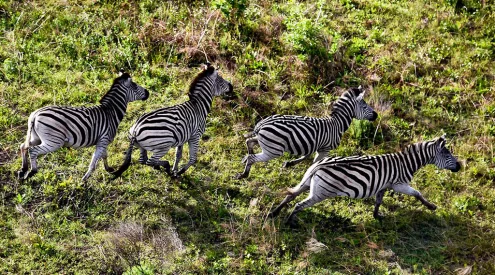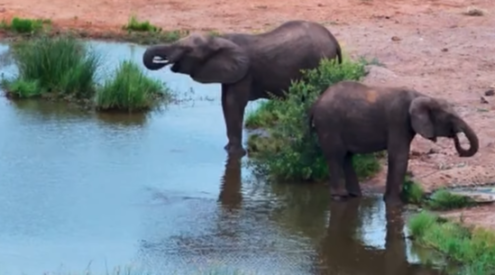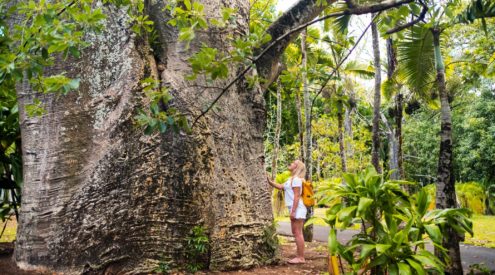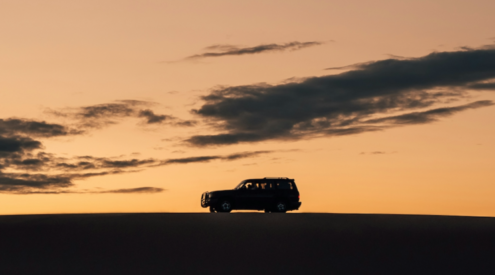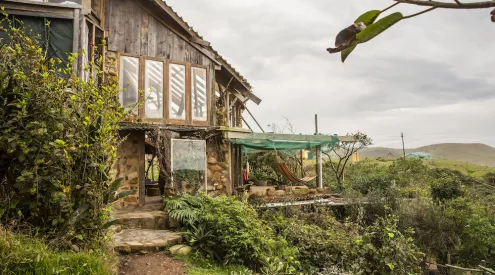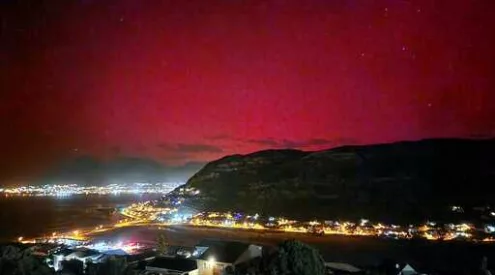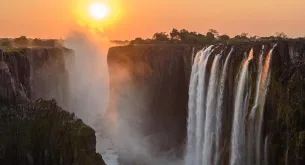The curtain is closed on the Beijing Winter Olympics, an event that will probably be remembered more for the antics surrounding Chinese government policy than the actual sports.
But here’s another noteworthy takeaway: the Beijing Winter Olympics was the first one to use 100% artificial snow.

Picture: France Olympique/ Flickr Commons.
Why?
Snow is probably the first prerequisite for hosting the winter games, but the 2022 games saw the equivalent of 800 Olympic swimming pools worth of water used to make 2 million cubic metres of artificial snow. The country’s lack of snow during winter can for the most part be attributed to the effects of climate change.
A more daunting fact is that 21 of the next 22 Winter Olympic host cities will no longer have a climate suitable for hosting the Winter Olympic Games.
So what exactly is fake snow made of?
‘We like to call it machine-made snow,’ Joe Vanderkele told VOX. He is the president of SMI Snowmakers, an American company that produced much snow for the 2014 and 2018 winter Olympics. ‘It’s not artificial snow; it’s real snow,’ he said.
To make this snow, a machine mixes water with compressed air and shoots out the mixture at an angle, resulting in the white powder seen on the slopes during the recent games. It’s similar to snow in one key aspect: it’s made out of bits of frozen water.
But the difference is stark when you compare it to natural snowflakes under a microscope. According to Ken Libbrecht, professor of Molecular dynamics in California, ‘natural snow and artificial snow formation are totally different processes.’
Natural snowflakes begin as tiny droplets of water only a few microns wide that take about an hour to form and create their perfectly symmetrical shapes. With artificial snow, all the water needs to freeze before it hits the ground, so it’s made at a much faster rate. The end result? ‘Artificial snow that looks like tiny pellets of ice,’ says Libbrecht.
Why this is a problem

A ski slope in the Czech Republic uses a snow machine to supplement the snowfall with artificial snow. Ski resorts have had to use snow machines to supplement natural snowfall, which has become increasingly unreliable, to stay open. Picture: Wikimedia commons/ Eryn Blaireová.
Climate change is making it increasingly difficult for winter Olympic venues to host the event. Even though the Finnish cross country skier, Remi Lindholm, told the media his ‘penis froze’ during the race, the reality is that much of the snow is thawing away. Of the 21 venues used for the Winter Olympics since 1924, scientists estimate that only 10 will have ‘climate suitability’ and natural snowfall levels to host the event by 2050.
To compensate for this climate unsuitability, China used an estimated 185 million litres of water to make their snow, but MarketWatch estimates that 10 times that amount was used. Even though Chinese officials have pledged to reuse meltwater after the games, up to 40% of the water used would have already been lost to evaporation.
Maddy Orr from Loughborough University London commented that ‘Beijing 2022 is not unique in facing issues with lack of snow: this is a recurring issue in mountain areas all around the world. Our goal was not to name and shame Beijing, rather we wanted to illustrate the challenges at hand with snow sports moving forward and hopefully start a conversation about how sports events might adapt to a changing climate’.
ALSO READ
Too hot to handle: Why South Africa’s cities need more trees


